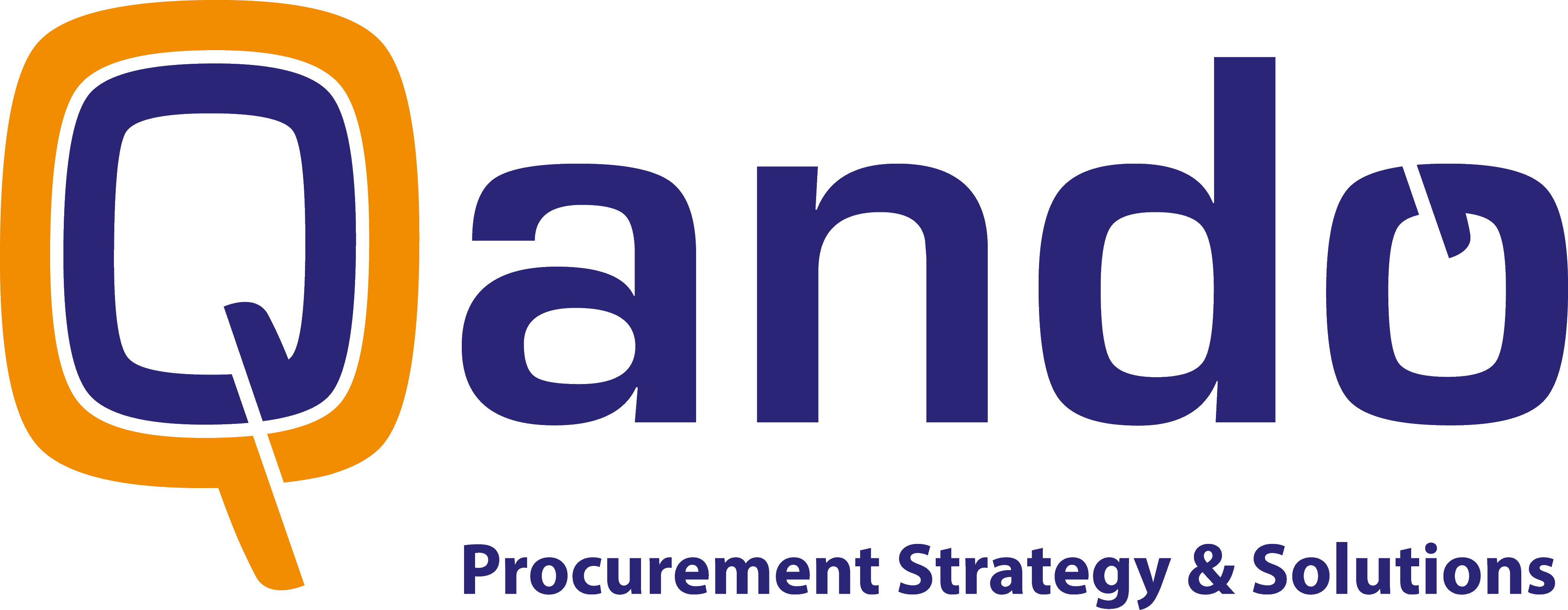Klik hier voor de Nederlandse versie
Strategic Category Management as a tool or methodology was introduced years ago in Retail and B2C-markets, as a mean to generate more efficiency for a product or in a product group. In Category Management in Retail- and B2C markets, the specialisms purchasing, sales, marketing, store formulas and logistics work together to create ‘winners’ on the store shelves.
The term ‘Category manager’ instead of ‘Purchaser’ for a product or product group is also emerging in the B2B-markets, with the aim to indicate that a purchaser specializes in a product or product group to contribute to the full extend to company- and procurement goals. The difference with the B2C-markt, however, is that the B2B-category manager will interfere less / not with marketing and sales, because this person usually does not purchase finished products.
Several Category Management courses and methodologies have been developed. This blog covers the Qando Strategic Category Management Methodology, which distinguishes itself in a number of ways from existing methods. Focus is on the B2B markets and not the B2C markets, because Qando is mainly active in the B2B market.
Added value of the Qando Strategic Category Management Methodology
At the beginning of 2018, we started an investigation into Category Management and Category Management methodologies in which we concluded that many organizations subdivide their purchasing needs into categories and/or use a type of category management. This can take place in both a simple and a more extensive form in which (year) plans are used as input and more extensive process steps are embedded in the organization.
However, we missed four things:
- A project-based approach of the category management process;
- A wider orientation on and alignment with the business and business strategy;
- Elaborate tools with manuals to conduct research, to properly specify purchase categories and to develop strategies;
- Focus on value creation in addition to the search for opportunities for cost savings.
This gap in the market place is overcome by the development of the Qando Strategic Category methodology in which we have complemented existing tools and methods with our own knowledge and experience.
The focus here is on the one hand carrying out a thorough spend analysis with continuous alignment with the business and on the other hand on specific value creation in the phase of strategy development.
Combined with a project-based approach (based on the IPMA method), this has resulted in a complete, modular methodology that contributes to the strategic design of purchasing categories and business goals. Embedding the IPMA project management method is an essential part of the Qando methodology, because it drives people to think carefully about goals, scope, stakeholders, resources, planning and reporting combined with formal approvals of each process step.
Strategic Category Management vs. Strategic Sourcing
In order to give the Qando Strategic Category Management Methodology a place in the procurement world, we would like to mention the distinction between Strategic Sourcing and Strategic Category Management.
In our view, the focus of Strategic Sourcing is primarily on buying a certain amount of products or services that are specified for a buyer, who then is set off to buy at the lowest TCO. In Strategic Category management – at least in the Qando Method – the emphasis is mainly on aligning demand with the business and add value in addition to cost optimization.
Strategic Category Management is thus a recurring process that continuously seeks improvement potential in the chain; Strategic Sourcing can be a part of this process.
How can the Qando Strategic Category Management Methodology help you?
Our Qando Strategic Category Management Methodology can be used in a number of ways:
- Based on the methodology, you can analyse your purchasing categories in a structured way and map where value can be added to your organizational goals.
- After this analysis, you can draw up the right category strategy for the relevant categories.
- Next, you can can easily carry out and implement these strategies within the organisation.
- Due to the modular and project-based nature of the method it is also possible that parts of the process are executed by Qando, after which the internal organization takes over the remaining part.
- If the internal organisation carries out parts of the process itself, we will transfer the required knowledge and tooling.
- In case your currently implemented processes and methodologies are not properly used / implemented in your organisation, we are also happy to analyse root causes and advise improvement steps, based on our methodology.
More information
Would you like to know more about the methodology and insight in what the methodology can do for your organization? We are happy to talk. A suitable first step is to perform a quick scan to analyse your current category management approach; Qando then provides a report with the improvement potential and appropriate recommendations for realizing these opportunities.






